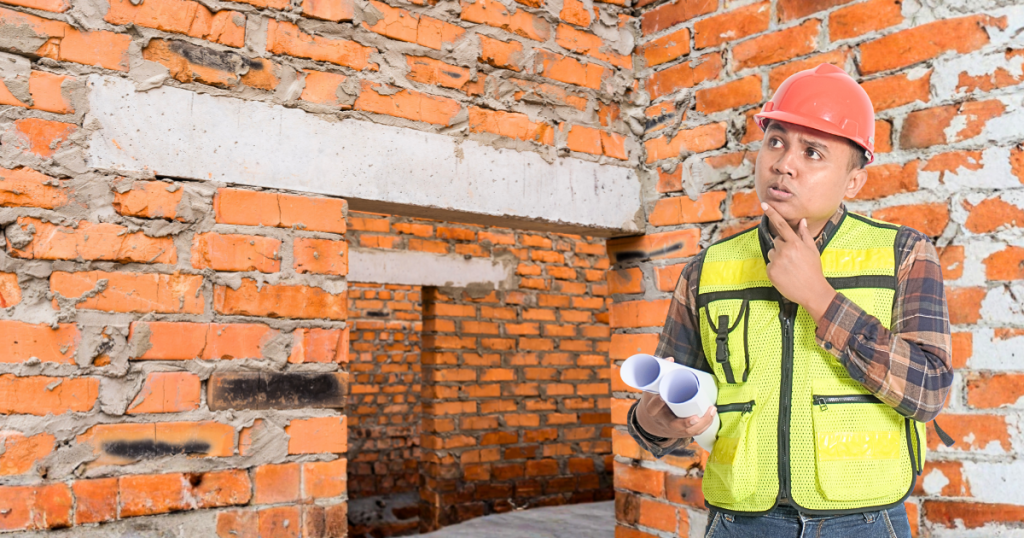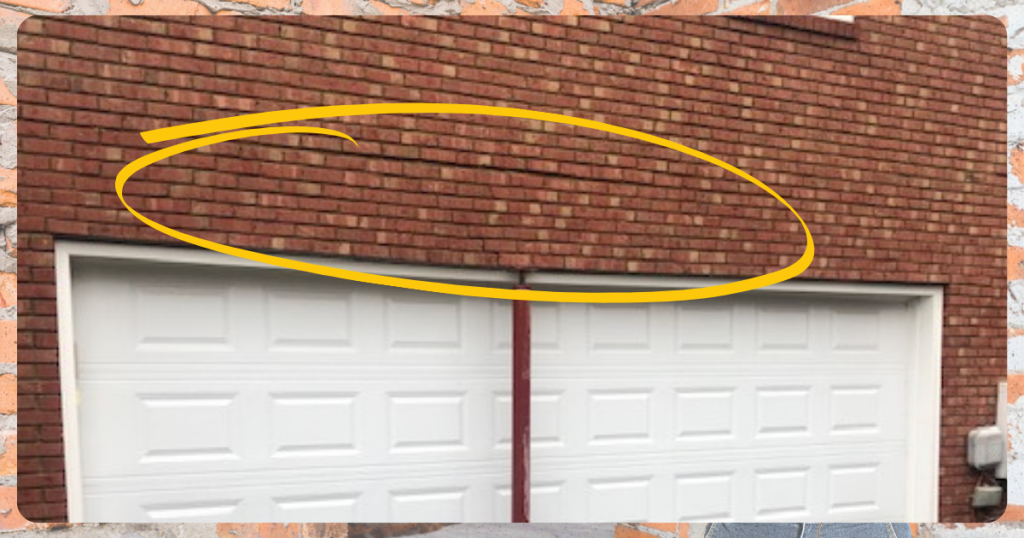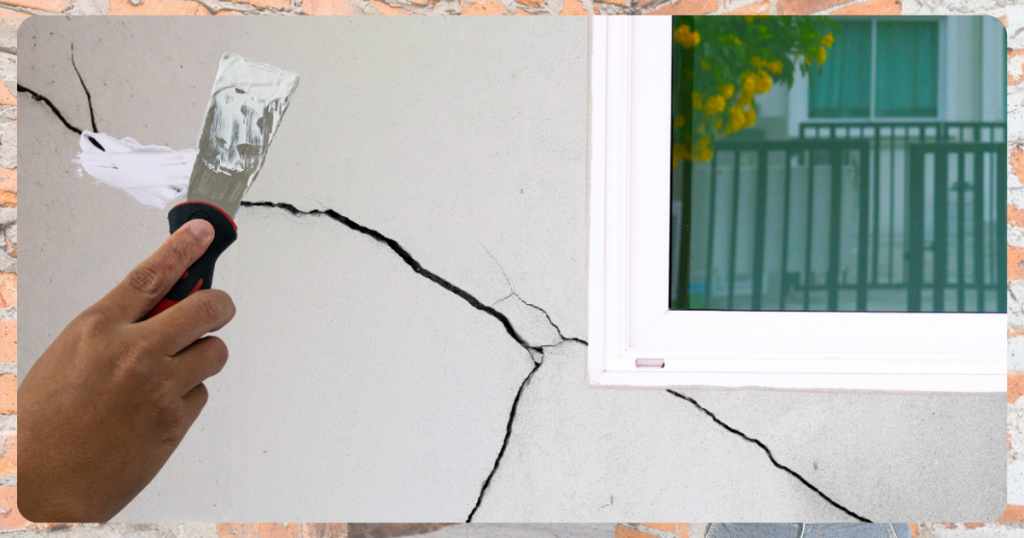Cracks above doorways show up in all kinds of Filipino homes, whether they’re newly finished or have been around for years. These lines often begin as faint marks that seem easy to ignore, but a closer inspection actually reveals very important changes within the wall.
When a crack keeps returning after patching or slowly becomes more noticeable, the cause probably goes deeper than paint or plaster. In many situations, the real issue starts with the lintel, the support placed above the doorway to carry the weight of the wall above it. Knowing why this happens can help homeowners tell the difference between a simple cosmetic crack and one that deserves immediate attention.
In this article, we will discuss what causes these cracks, how lintel failure develops, and what you can do to spot and fix the problem early.

Why Cracks Form: The Role of the Lintel
A lintel is the horizontal support sitting above an opening, such as a door or window. Think of it as the beam that carries the weight of the wall, roof, or slab above that opening. When a lintel is missing, undersized, or lacks adequate steel reinforcement, the surrounding masonry begins to absorb the load. Over time, the wall shifts, compresses, or sags, leading to cracks.
Cracks form more often when:
- The lintel was never installed, which can happen in extremely cost-cutting projects.
- * The lintel is too small to carry the load it needs to support.
- It has steel reinforcement that’s too thin, poorly spaced, or improperly anchored.
In some cases, builders reduce lintel specifications to save time or materials. As the structure settles, those shortcuts become visible as cracks above the doorway.
How to Spot Possible Lintel Failure

Homeowners can identify early signs of lintel-related problems through a few simple checks:
- Diagonal cracks are spreading from the top corners of the door frame.
- Horizontal cracks running straight across the area above the opening.
- Door alignment issues, such as rubbing, jamming, or a frame that looks skewed.
- Cracks are returning quickly, even after patching or repainting.
A professional assessment is recommended if cracks exceed 3 mm, extend through the wall, or continue to grow over time. Recurring cracks in the same spot often indicate movement that patching alone cannot solve.
Easy Lintel Inspection & Repair Steps
A lintel is an essential load-bearing structure that supports the weight of the structure above it and transfers it to adjacent walls or columns. Proper maintenance is necessary to keep the entire structure from collapsing. Here’s what you can do to inspect and repair a cracked lintel beam.
1. Start With a Basic Visual Check

Begin by checking the area for exposed reinforcement, hollow-sounding spots on the plaster, or visible sagging right above the door frame. These signs can indicate that the lintel is settling or losing its load-bearing strength.
2. Patch Minor Cracks

Hairline cracks are usually cosmetic and can be repaired using quality patching materials. For small fixes, BuildRite Tile Adhesive or BuildRite Concrete Patch offers reliable bonding strength for surface repairs.
Once refilled and smoothed, the area can be sealed using Pioneer Epoxy, which helps reinforce the patched section and prevent water or moisture intrusion.
These repairs work best when the structural support is still intact.
3. Reinforcement or Replacement for Larger Issues

If cracks indicate deeper lintel failure, professionals may need to open a small portion of the wall to inspect the lintel’s size, reinforcement, and overall condition.
Common repair measures include:
- Adding the correct number and size of reinforcing bars.
- Installing a properly sized concrete or steel lintel to replace the failing one.
- Supporting the wall temporarily while repairs are underway to keep the opening stable.
- Ensuring correct curing time before removing supports or finishing the wall.
When done correctly, these repairs restore the opening’s structural capacity and prevent cracks from returning.
Preventing Future Cracks
Proper lintel design from the start remains the best protection. Using accurate load calculations, correct bar placement, and durable construction materials prevents unnecessary stress on masonry walls.
Choosing reliable brands such as BuildRite for mortars and adhesives, and Pioneer Epoxy for sealing and reinforcement, helps ensure stronger, safer openings. These materials contribute to a longer-lasting finish and better resistance against movement or moisture.
Building a Sturdy Doorway

Cracks above doorways are common in many homes, but they can be fixed once the cause is correctly identified. Understanding how lintel failure occurs allows homeowners to act early, prevent recurring damage, and avoid more extensive repair work later.
Strong structural support, proper construction practices, and dependable repair materials make it easier to maintain a safe and stable home. With the right approach, those doorway cracks become a manageable and preventable issue.
References
Buildfix. (n.d.). Cosmetic vs Structural Cracks: Spot the Difference. Buildfix. Retrieved November 28, 2025, from https://www.buildfix.com.au/structural-cracks/
heckatrade. (n.d.). How to repair lintel 5 different ways Copyright Checkatrade. Using this information in an article or blog? Please add a link back to https://www.checkatrade.com/blog/how-to/repair-lintel/. heckatrade. https://www.checkatrade.com/blog/how-to/repair-lintel/
Wikipedia. (n.d.). Lintel. Wikipedia. Retrieved November 28, 2025, from https://en.wikipedia.org/wiki/Lintel










